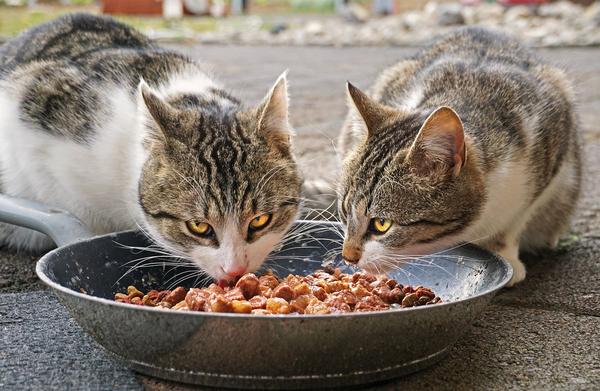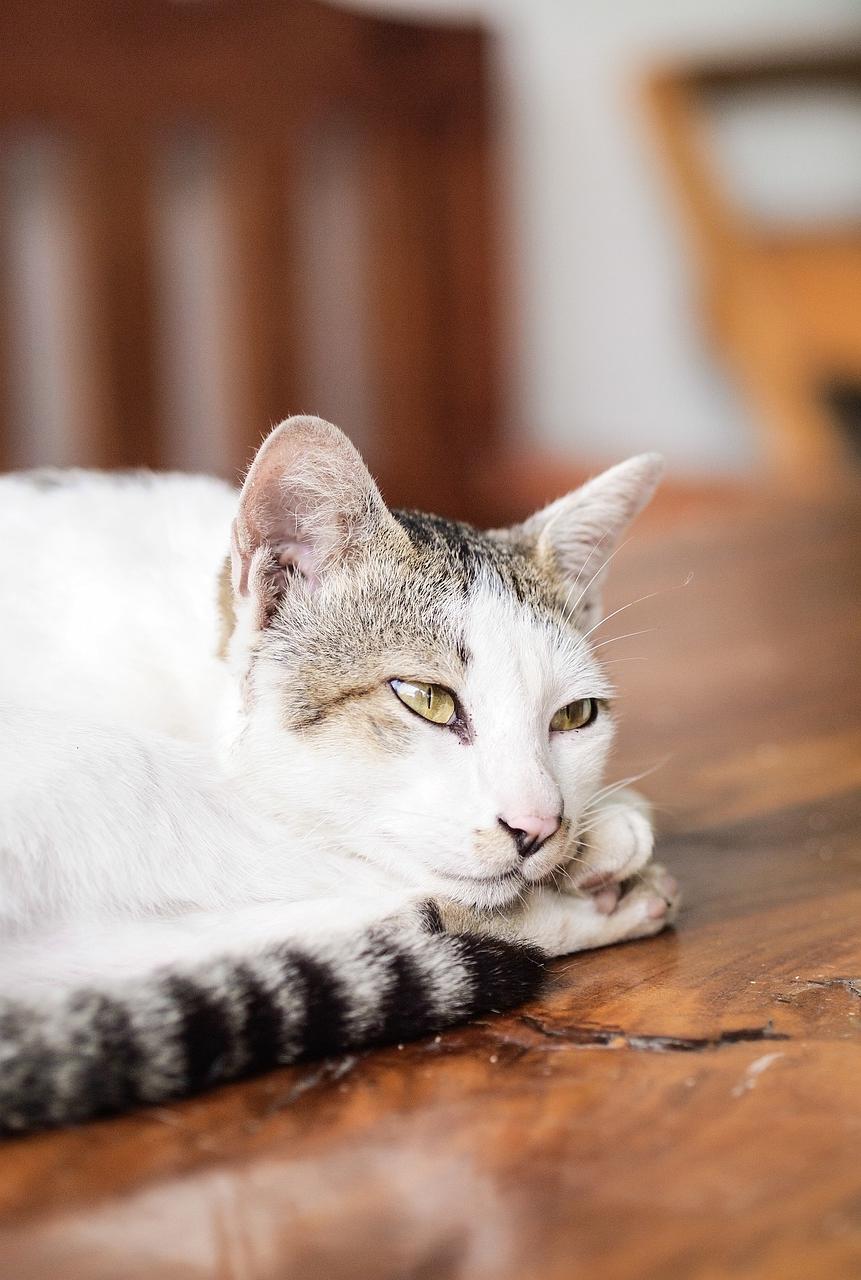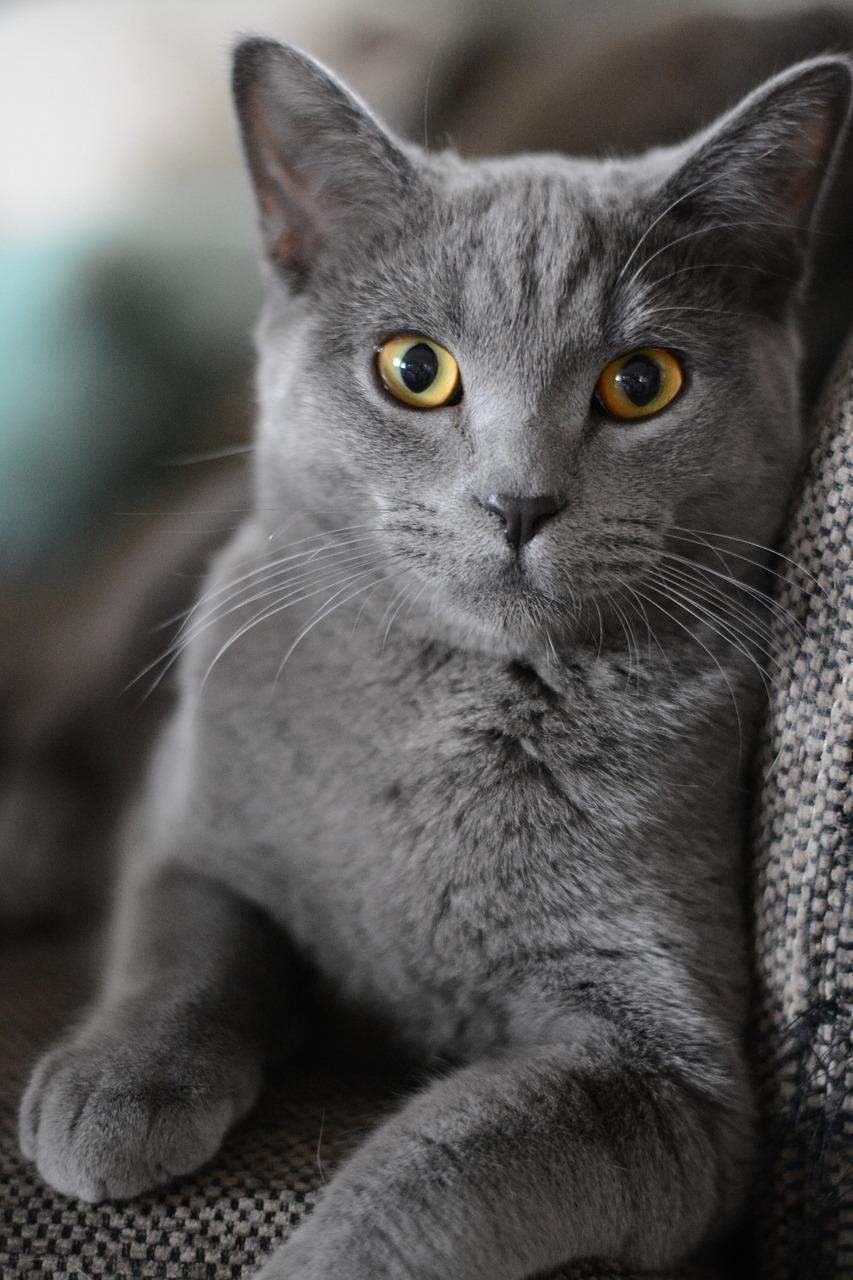How to Put a Cat on a Diet? (Key Do's and Don'ts)

So you're determined to improve your cat's health...
I understand.
You love your fur baby, and you want them to live their best life.
But let's face it:
Our feline friends can be a bit stubborn when it comes to their diet, am I right? 😺
You've probably tried everything - from portion control to fancy diet food - but nothing seems to work.
Trust me, I've been there too.
But guess what?
Today, I've got the ultimate guide for you.
The one that will finally help you put your cat on a diet that works.
Ready to make a change?
Let's begin.
What’s the First Thing I Should Do?
To start your cat's weight loss journey, follow these 10 important steps:
- Provide climbing structures and scratching posts to encourage physical activity.
- Create a safe space indoors where your cat can exercise without getting bored.
- Indoor cats are generally easier to help lose weight compared to outdoor cats.
- Schedule a veterinary examination and necessary testing before starting a weight loss program.
- Discuss with your vet the appropriate diet for your cat's specific needs.
- Avoid free feeding and instead calculate the daily calorie intake for your cat.
- Divide the daily calorie intake into multiple small meals throughout the day.
- Offer interactive toys and engage in playtime with your cat to increase exercise.
- Monitor your cat's progress and make adjustments to their diet and exercise routines as needed.
- Remember that weight loss should be gradual and sustainable for long-term health benefits.
With these steps, you can ensure a healthy weight loss journey for your cat. 😺

And now, let me explain why regularly monitoring your cat's body condition is so crucial in ensuring a successful weight loss journey for them!
How Do I Know if My Cat Is Overweight?
You gotta know if your cat's fat or not for their own good.
How can you tell if they need to lose some pounds?
Here's how:
- Body condition scoring: This method looks at things like size, build, gender, and breed to figure out if your cat is carrying too much weight.
- Feeling for fat: Run your hands over your cat's body and see if there's any extra fat or lack of muscle tone. Can you feel their ribs? If not, they might be carrying some extra weight.
- Looking at the waistline: Take a look at your cat from above and see if there's a noticeable waist. A defined waist usually means a healthy weight.
- Checking the vertebrae: Gently press your fingers along your cat's spine. Can you feel each vertebra easily? If not, it could mean your cat is overweight.
- Keep an eye on their activity level: Pay attention to how active your cat is. If they seem less energetic than usual, it could be because of the extra weight affecting their mobility.
You can determine if your cat is at a healthy weight by consistently employing these techniques for evaluating their body condition.
Taking proper steps to manage their weight will make them healthier and happier in the long run.

And why should you even care if your cat is overweight?
Well, let me tell you...
Obesity in cats can lead to a whole host of serious health issues!
Imagine the impact on your feline friend's oral hygiene, increased risk of dental disease, lower urinary tract disease, arthritis, diabetes, high blood pressure, stressed joints, and even heart disease.
But don't worry, I've got you covered with practical tips to manage your kitty's weight and improve their in essence well-being!
Why Should I Worry if My Cat Is Overweight?
If your cat is fat, figuring out why is key so you can do something about it.
Here's 10 reasons to be concerned:
- Dirty teeth are more likely.
- Oral health isn't good.
- Urinary tract problems could come up.
- Can develop arthritis easier.
- Risk of getting diabetes goes up.
- Blood pressure might spike.
- Joints get stressed from too much weight.
- Heart disease becomes a bigger risk.
- Life span shrinks.
- Health overall worsens.
To tackle these issues, try the following tactics:
- Watch how much your kitty eats.
- Get a vet's advice on diet.
- Give opportunities for exercise regularly.
- Engage your feline with interactive toys or games to amp up their physical activity.
- Cut back on treats and snacks.
- Set up a consistent feeding schedule.
- Always make fresh water available.
- Don't let them free-feed.
- Measure portions accurately.
- Keep an eye on your cat's weight frequently.
Managing your cat's weight will lead to a better life and improved well-being for them.
And now, let's dive deeper into the practical steps you can take to successfully put your cat on a diet!
So, how exactly can you ensure accurate portion control and effectively manage your cat's calorie intake?
I'm glad you asked, because I have some valuable advice to share with you...
How Much Should I Feed a Cat to Lose Weight?
| Weight Status | Feeding Guidelines |
|---|---|
| Overweight | Gradually reduce food portions and consult with a veterinarian to determine ideal weight |
| Underweight | Gradually increase food portions and consult with a veterinarian to determine ideal weight |
| Healthy Weight | Maintain consistent food portions and balance calorie intake with exercise level |
Gradually cutting back on your cat's food is an effective way to control their portions.
But remember, this method prevents hunger and discomfort.
For successful weight loss in cats, accuracy is essential.
To avoid overfeeding, you must weigh and measure their portions.
To really nail it, consult a veterinarian.
They'll determine the ideal body weight and calorie requirements for your furry companion.
Counting calories and measuring portions are vital for achieving weight loss.
Cats naturally eat multiple small meals a day as hunters.
So, be mindful that feeding them until they're full often leads to overfeeding.
To start, give specific amounts of canned food twice daily and adjust as needed.
When measuring dry food, use weight instead of volume for better precision.
Trust me, it matters.
If you're unsure about the target weight and daily calorie goal, don't panic!
Veterinary professionals have got your back.
They can use a formula called Resting Energy Requirement (RER) to figure it out.
Here's how it goes:
70 X (body weight in kg)^0.75 = RER. Remember, talk to your vet for accurate numbers.
Lastly, if you want your cat to lose 1-2% of their weight per week, decrease the calorie intake to 80% of RER.
This gradual approach will ensure a safe and steady weight loss for your feline friend.
But if you're still curious about how long a cat can go without eating, I highly recommend checking out my article on How Long Can a Cat Go Without Eating.
In that guide, I discuss the factors that can affect a cat's ability to fast and provide helpful insights to put your mind at ease.
You don't want to miss it!
What Diet Can Help My Cat Lose Weight?
Consider homemade diets for weight loss
If you want to help your cat lose weight, think about making their food at home. With the guidance of your vet, you can create balanced and calorie-controlled meals using cooked chicken, turkey, or fish. This way, you have control over what goes into their food, ensuring they get all the necessary nutrients without too many calories.
Choose the right diet for weight loss
To help your cat lose weight, focus on reducing their calories while still providing them with proper nutrition. Vet-recommended weight loss diets are designed to support healthy weight loss while delivering the nutrients your cat needs. These diets often involve giving precise amounts of canned diet food multiple times a day. High protein and low carbohydrate diets may work well for cat weight loss, considering their lower caloric needs compared to wild cats.
Just be careful if your cat has urinary tract crystal issues. Adding canned green beans to their diet can also make them feel full.
Prioritize high protein, low carbohydrate cat food
When selecting cat food for weight loss, choose options that are high in protein and low in carbohydrates.
There are different choices available, like high fiber/low fat or high protein/low carbohydrate diets.
Make sure to transition gradually to the new diet over three weeks to avoid any digestion problems. It's also beneficial to include canned food in your cat's diet since relying solely on dry food can lead to weight gain.

Remember that portion control and exercise are crucial for weight loss.
To ensure accurate portion sizes, automatic feeders can be helpful.
Combining wet food with a measured amount of dry food can keep your cat hydrated and reduce calorie intake.
But what about exercise?
You've got the diet down, but how can you get your cat to burn off those extra pounds?
Let's dive into some fun and effective ways to help your furry friend shed weight!
Tips and Strategies for Cat Weight Loss
When it comes to cat weight loss, incorporating exercise is crucial. Playtime is a great way to increase their heart rate and keep them active. Laser pointer chase games or feather wand activities are perfect for getting your cat moving.
But exercise alone isn't enough.
Here are some additional tips and strategies to help your cat lose weight:
- Use puzzle feeders and treat balls during mealtime. This encourages them to work for their food, keeping them mentally stimulated while controlling portion sizes.
- Provide plenty of toys designed for playtime. This keeps them engaged and entertained, helping burn calories in the process.
- Create vertical spaces for climbing and jumping. Cats love to explore high places, and this can be an extra incentive for physical activity.
- For multi-cat households, consider separate feeding areas or puzzle feeders. This prevents one cat from overeating and ensures every furry friend gets their fair share.
- Veterinary supervision is essential to prevent liver disease during weight loss. Consult your vet for a tailored plan and regular check-ups.
- Remember, patience and commitment from you and your family are vital. Weight loss takes time, so stay consistent and stick to the plan.
Monitor progress through weekly weigh-ins and adjust calorie intake accordingly.

Choose low-calorie treats to reward your cat without undoing their hard work.
In summary, focus on both exercise and diet for successful cat weight loss.
And now, let's talk about the importance of gradual weight loss and setting realistic goals for your cat's journey towards a healthier lifestyle.
I want to emphasize that patience and consistency are key here, as rapid weight loss can have negative effects on their health.
So, let's focus on steady progress over time!
How Long Does It Take for a Cat to Lose Weight?
Cats can have a tough time losing weight, but it's doable if you approach it right.
Here's how you can help your cat gradually shed those extra pounds:
- Keep an eye on their diet. Make sure to measure their food so they're getting the right amount of calories every day.
- Get them moving more. Encourage playtime and give them interactive toys to keep them active.
- Try feeding them smaller meals throughout the day. This helps prevent overeating.
- Use low-calorie treats or their regular food as rewards during training sessions.
- Weigh them regularly to track their progress. This way, you can make adjustments to their weight loss program if needed.
- Avoid crash diets or rapid weight loss methods. It's better to focus on steady progress over a few months.
- Aim for a safe and healthy weight loss goal of 1-2% of their body weight per week.
- Be patient. Remember that slow weight loss is better for their overall health.
- Talk to your vet about guidance tailored to your cat's needs and any underlying health issues they may have.
With these tips in mind, you can help your cat reach their ideal weight in a safe and healthy way.
Top Tips for Putting Your Cat on a Healthy Diet
Key Takeaways:
- Indoor cats are easier to help lose weight than outdoor cats.
- Before starting a weight loss program, take your cat for a veterinary examination.
- Avoid free feeding and calculate daily calorie intake for portion control.
- Use body condition scoring to determine if your cat is at an ideal weight.
- Obesity in cats can lead to various health problems and a shorter lifespan.
- Accurately weigh portions and consult a veterinarian to determine calorie requirements.
- Consider nutrient balance, high protein, and low carbohydrate diets for weight loss.
- Monitor progress through regular weigh-ins and adjust the weight loss program if needed.
- Exercise is crucial for cat weight loss, use toys and puzzle feeders to encourage activity.
- Aim for a safe and healthy weight loss goal of 1-2% of body weight per week.
And that wraps up today's article.
If you wish to read more of my useful articles, I recommend you check out some of these: Can Cats Eat Carrots, Can Cats Drink Coconut Milk, Can Cats Eat Spinach, Can Cats Eat Tuna in Oil, and Can Cats Eat Grapes
Talk soon,
-Sarah Davis